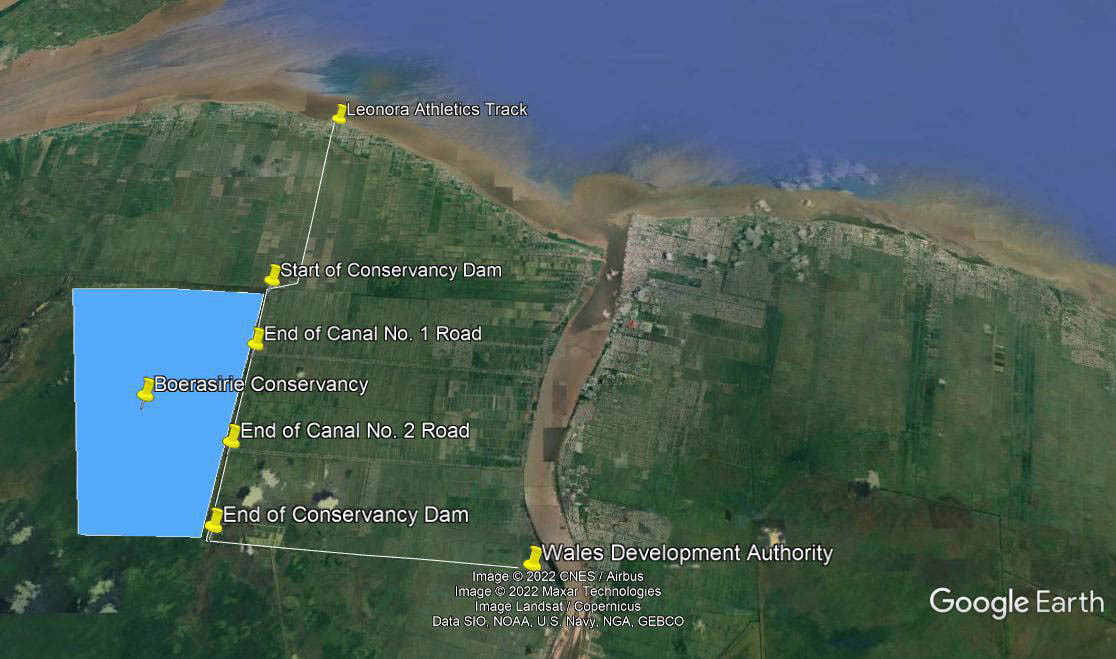Dear Editor,
Through the printed media on or about 4 May 2022 we were notified of the proposed public consultations by EEPGL and/or ExxonMobil to ““provide information on the gas-to-energy project, the EPA’s environmental authorization process and the assessment findings”. I have written to the company’s president and the executive director of EPA asking for a moratorium on this until after the 60 days period for concerns to be filed as specified by the Environment Protection Act (EP Act). I will assume that in due course I will be furnished with an answer.
However, in the public interest and running against the clock as these consultations are scheduled to begin Monday 9 May 2022, I chose to take to this forum to ask that we be given a period of quiet to read & assess the voluminous and technical documents without the distraction of a PR campaign that adds nothing to the already submitted EIA & EIS but may act as a distraction factor and even muddy the waters of good intentions. EEPGL and/or ExxonMobil is not in a competitive process for the issuance of permits for the gas-to-energy pipeline so a mere postponement will not affect the decision made. In fact, if they chose to conduct their campaign in the June-August 2022 period this can be comprehended as a sign of respect and good will for the people of Guyana, a country where they are concentrating their current future developments and investments inter alia.
Extensive stakeholders’ meetings, focus groups, etc., were held throughout regions 1-6 for the submitted EIA & EIS. However, kindly note neither the residents nor farmers in Canal #1 were ever consulted as stakeholders albeit we qualify as “primary stakeholder” under the company’s Stakeholder’s strategy and Stakeholder’s Engagement Plan for their AOI. We also have protection under the ambit of the EP Act which has been violated. These omissions along with other glaring implementation of plans errors call into question the validity of the entire document as well as question the
sincerity of their CSR. Further if we were graced with this courtesy it would have become evident that an alternative route that involves neither danger to life nor to property, not to mention acquisition of ancestral heritage agricultural lands would have come to light. Please see attached schematic diagram with proposed alternative route landing at Leonora and running along the Boerasirie dam owned by the Government of Guyana. Any increase in cost will be a small percentage factor which will be recovered over the long term by the increasing new discoveries. Life and property will be protected by this act along with the requirement to acquire private land.
Thank you, EPA and EEPGL/ExxonMobil for your kind consideration of these facts and for any good reasons for non-adherence to the aforementioned requests.
Kind regards,
Elizabeth Deane-Hughes






